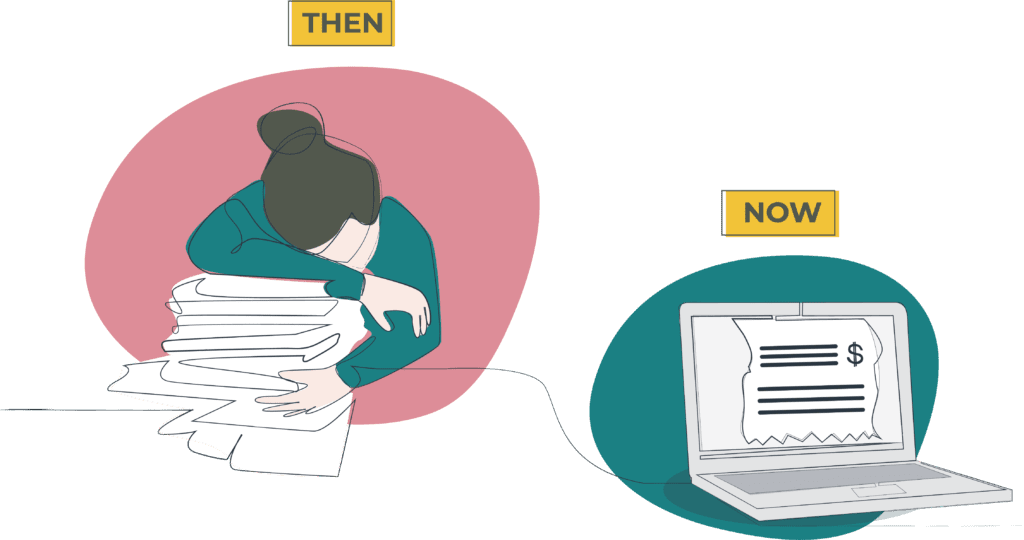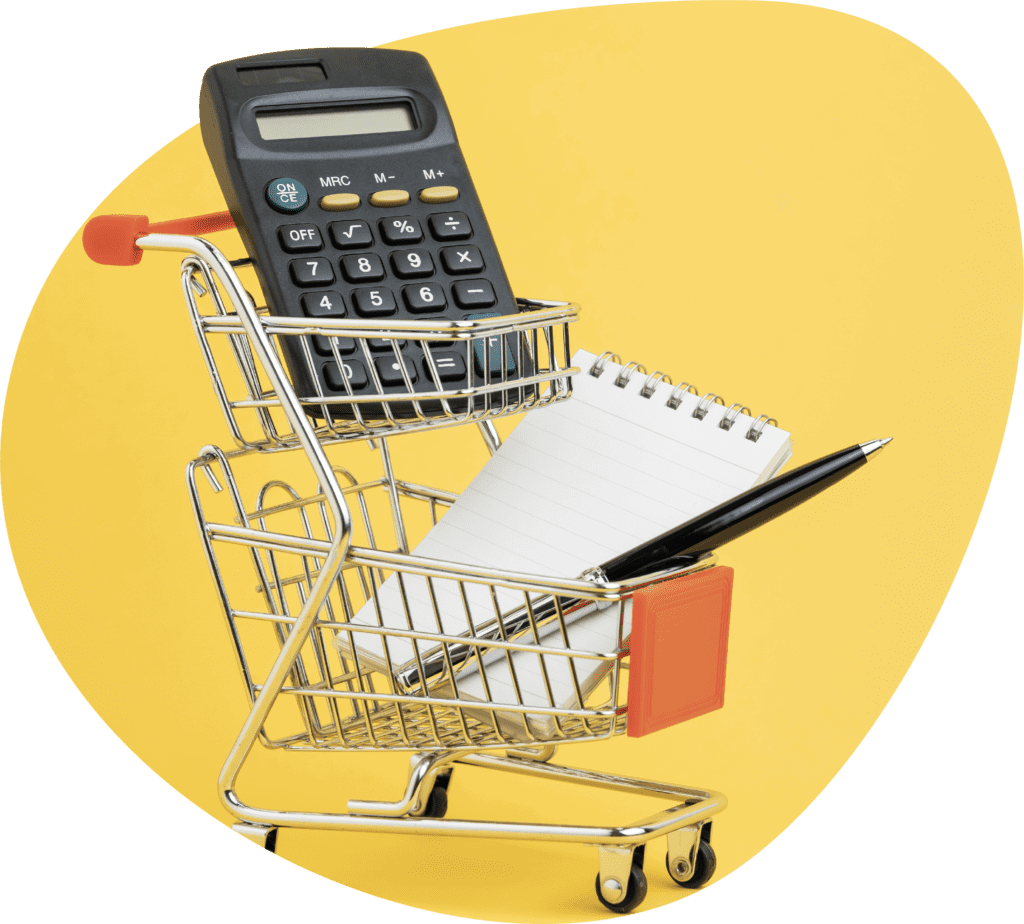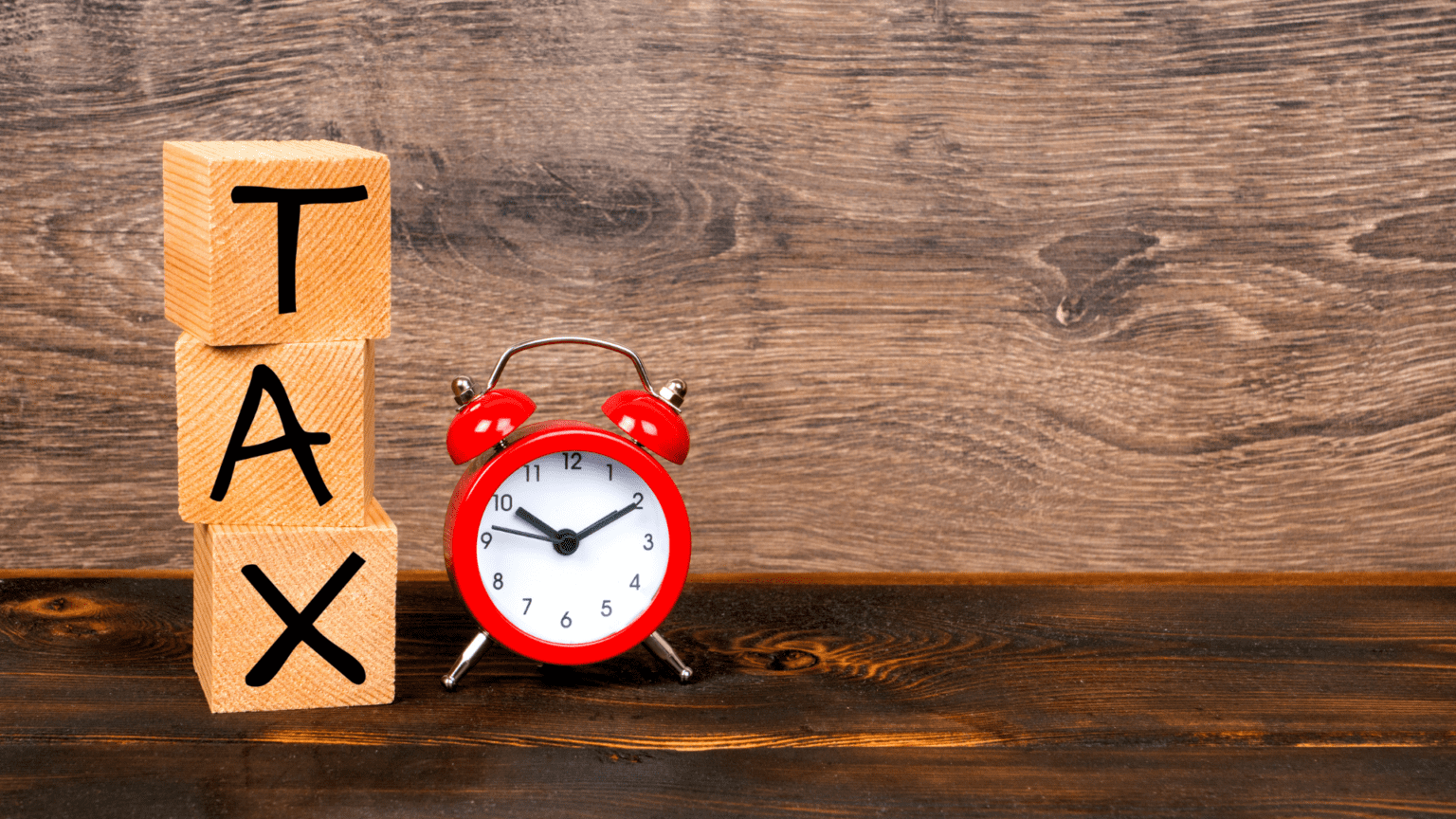Crunch
Tax: it’s a word that sends chills down the spine of both veterans and newcomers in the world of self-employment. But what if we told you that tax didn’t need to be so scary?
At Crunch, we’ve been helping sole traders and limited company directors manage their tax obligations for over ten years. Tax-efficiency is our speciality, which is why we’ve composed this jargon-free guide for portfolio professionals just like you.
Whether you’re a complete novice or a grizzled grandmaster, we’ve got the information you need to keep on top of your taxes and become as tax efficient as possible. Let’s get started!
Should you be a limited company or a sole trader?
Let’s start with the basics: your business structure will have an influence on how you pay your taxes and how you manage your finances. We’ll work on the assumption that you know the difference between a sole trader and a limited company, but should you need any further guidance, you can check out this article designed to help you differentiate between the two.
As a sole trader you’re personally responsible for all the taxes on profit and any losses your business makes, whereas if you set up a limited company, the company is liable, rather than you as an individual. Your company will pay Corporation Tax on its profits and, when you’re paid (usually through a combination of salary and dividends), you can be more tax efficient.
When it comes to tax, it’s simple: if you earn less than £30,000 a year, it’s probably more tax-efficient to operate as a sole trader. If you earn over £30,000 a year on average, you should probably be a limited company.
How to manage your bookkeeping effectively


You may be familiar with the old bookkeeping stereotype of a tattered shoebox full of crumpled receipts. Gratefully, those days are long gone, and the age of digital record-keeping is upon us.
Online accounting software is the easiest way to manage your expenses, maintain your records, and ultimately, file your taxes.
Through online software, you can automate your recurring invoices and expenses, connect to your bank account through a secure Open Banking feed (saving you a lot of time and effort on the bank reconciliation process), and accurately calculate and record information such as business mileage.
An important part of effective, efficient bookkeeping is consistency. Whether you dedicate time to updating your records each day or once a week, small, consistent efforts are imperative to keeping your books up to date.
How to claim business expenses
The complete list of what you can and can’t claim as an allowable business expense is pretty long and detailed, but there’s an easy rule of thumb to keep in mind: can you prove that the purchase in question was made “wholly and exclusively” for business use?


Let’s say, for example, you’re a consultant. You may need to purchase a new laptop to manage your workload and perform your duties. This would be considered an allowable business expense in the eyes of HMRC if you can prove the laptop was purchased solely for business purposes. If you decide to buy a new washing machine or a takeaway curry, however, you’d have a hard time proving it was purely for the benefit of your work.
Other examples of the kind of purchases you could be claiming include, but aren’t limited to:
- Travel costs (i.e. train tickets)
- Business mileage
- Telephone and broadband costs (for your business)
- Computers and laptops
- Charitable donations
For a complete rundown of what you can claim as an allowable business expense, check out these two comprehensive guides on the subject: one for limited companies and one for sole traders.
How to claim expenses as a limited company
If you’re running a limited company, your business expenses will reduce your profits and the amount of tax your company pays. Any personal expenses paid by the company must be paid back by the director.
You can either pay these directly from the company’s business bank account or as a “reimbursed expense” if you cover the costs personally. It’s important to keep an accurate record any time you reimburse yourself from the company funds.
How to claim expenses as a sole trader
Sole traders claim their expenses a little differently; they still need to keep comprehensive records, but they offset their expenses against their business income which reduces the profits when they file their annual Self Assessment. This is typically filed at the beginning of each calendar year (the deadline is 31st January after the end of each tax year for online filing), although you can file your Self Assessment any time from the end of each tax year on 5th April.
How much should you put aside for tax?


When you’re a sole trader, if your profits after expenses are below £50,000, it’s good practice to put aside 25% of all of your earnings each month to cover your tax payments. If your profits are higher, you’ll need to put more aside.
You may not actually have to pay 25% of your self-employed income, but it’s a good benchmark to ensure you’re covered when it comes to paying the tax you owe. We’ve seen far too many people find themselves in trouble when they don’t have enough cash to pay their tax bill!
As a limited company, you’ll need to put money aside for Corporation Tax and you’ll also need to file a Self Assessment to declare all your personal income, including any salary and dividends you pay yourself, so don’t forget to budget for that tax bill too. You can use a personal tax estimator to help you see what you may need to pay.
How to pay yourself tax-efficiently
Paying yourself as a sole trader
You can simply take money from your business account to pay yourself as a sole trader and record it as a “drawing”. We recommend that you use a separate business bank account for your sole trader finances. You need to make sure that you keep a record of these drawings, along with any other income and expenditure, as mentioned earlier.
Paying yourself as a limited company
The most tax-efficient way to pay yourself from a limited company is through a combination of salary and dividends. The salary will be paid to you as a director, in the same way as a regular employee.
There are two main reasons to take a salary from your limited company:
- It’s counted as an allowable business expense, which means it lowers the amount of Corporation Tax your company pays
- If the salary is above the Lower Earnings Limit (£6,240 in the 2020/21 and 2021/22 tax years – view current tax rates), you accrue qualifying years towards your state pension.
The actual amount you choose to pay yourself is down to you as a director, but it can be more tax-efficient to pay yourself a lower salary meaning neither you nor your company needs to pay National Insurance. If your company makes a profit (which it hopefully will!), you can either reinvest your profit into the company or take it out and pay shareholders by issuing a dividend. This can be a tax-efficient way to take money out of your company, due to the lower personal tax paid on dividends.
What is IR35?
IR35 (also known as “off-payroll working”) is legislation from HMRC designed to combat tax avoidance by contractors working through limited companies, when they’re actually working as an employee. The rules do not apply to sole traders. IR35 comes into effect in the private sector in April 2021.
When the rules change in April, the end-client, rather than the contractor, will be responsible for deciding the IR35 status of an assignment and deducting any employment taxes due if IR35 rules apply to the assignment (known as “inside IR35”). They’ll need to be able to show that the contract you’re working on still allows you to operate as an independent contractor, rather than as an employee. To be truly self-employed, contractors and freelancers should have control over when and how they work, not the client.


Understanding whether you’re inside or outside IR35 can be a complex area, and we strongly recommend you consult an accountant when reviewing your assignments. If you’d like to determine the IR35 status of a particular contract, we suggest using Crunch’s free IR35 Navigator tool.
How can Crunch help?
If you think you’d benefit from accountancy support, Crunch offers a complete accountancy service for limited companies and sole traders. Thanks to the exclusive partnership with The Portfolio Collective, you can enjoy a 10% discount on their limited company packages and a £5 per month discount on our sole trader packages for the first year!
You can find out more about the Crunch team by following them on Twitter, and on Facebook! You can also join their free self-employed community, Crunch Chorus.
Got any other tax advice you’d like to share? Post it in the comments below!
Think this sounds like the right path for you? Come along to our monthly Get started event for new members to find out what a portfolio career could look like and how The Portfolio Collective can help you take those first steps towards professional success – and don’t forget to connect with our community!





One response to “How to keep on top of taxes as a portfolio professional”
Payroll is the process of every organisation which requires calculating the pay for all the employees. The salaries are paid on weekly, fortnightly, and monthly basis. Payroll processing also includes calculating PAYE tax on the salary. Usually, you must operate PAYE for the payroll. PAYE stands for Pay as you earn, and it is the HMRC system to collect income and national insurance from the employees.
Payroll outsourcing will set aside your time and cash while guaranteeing you stay protected and agreeable. Handling payroll in-house can be an expensive, tedious, and difficult assignment. Naseems Payroll services for small, medium and large businesses use the most recent in cloud-based innovation, saving you valuable time which can be better centred somewhere else inside your business.